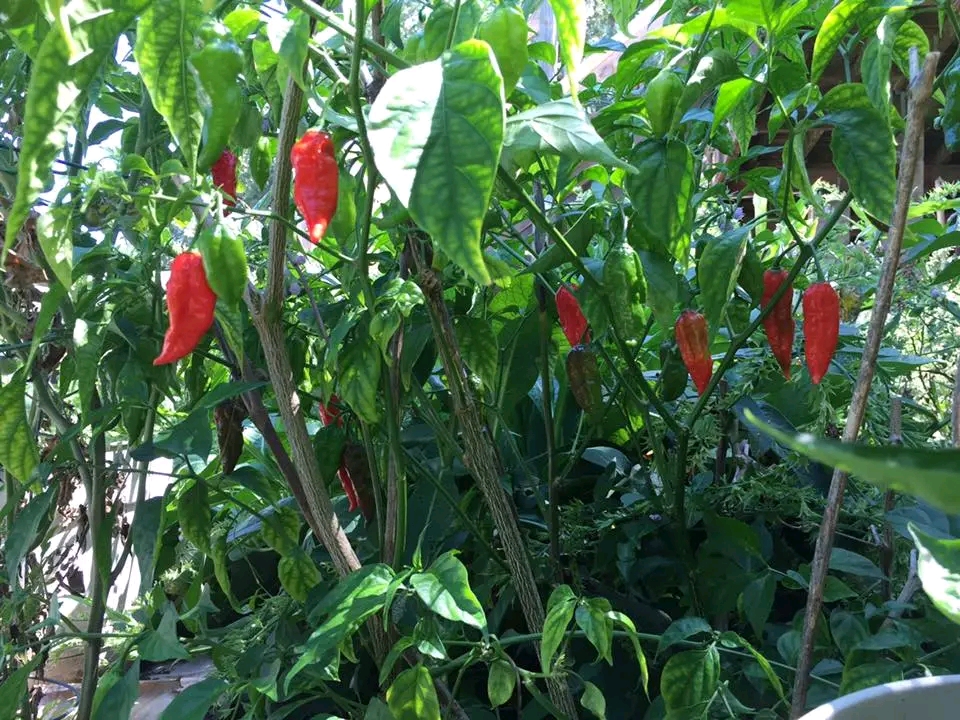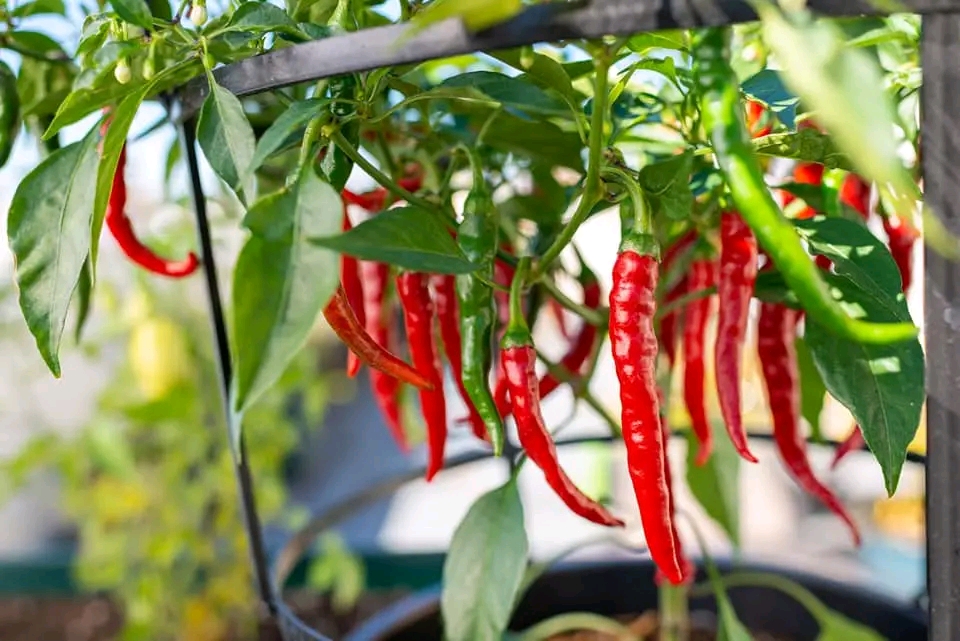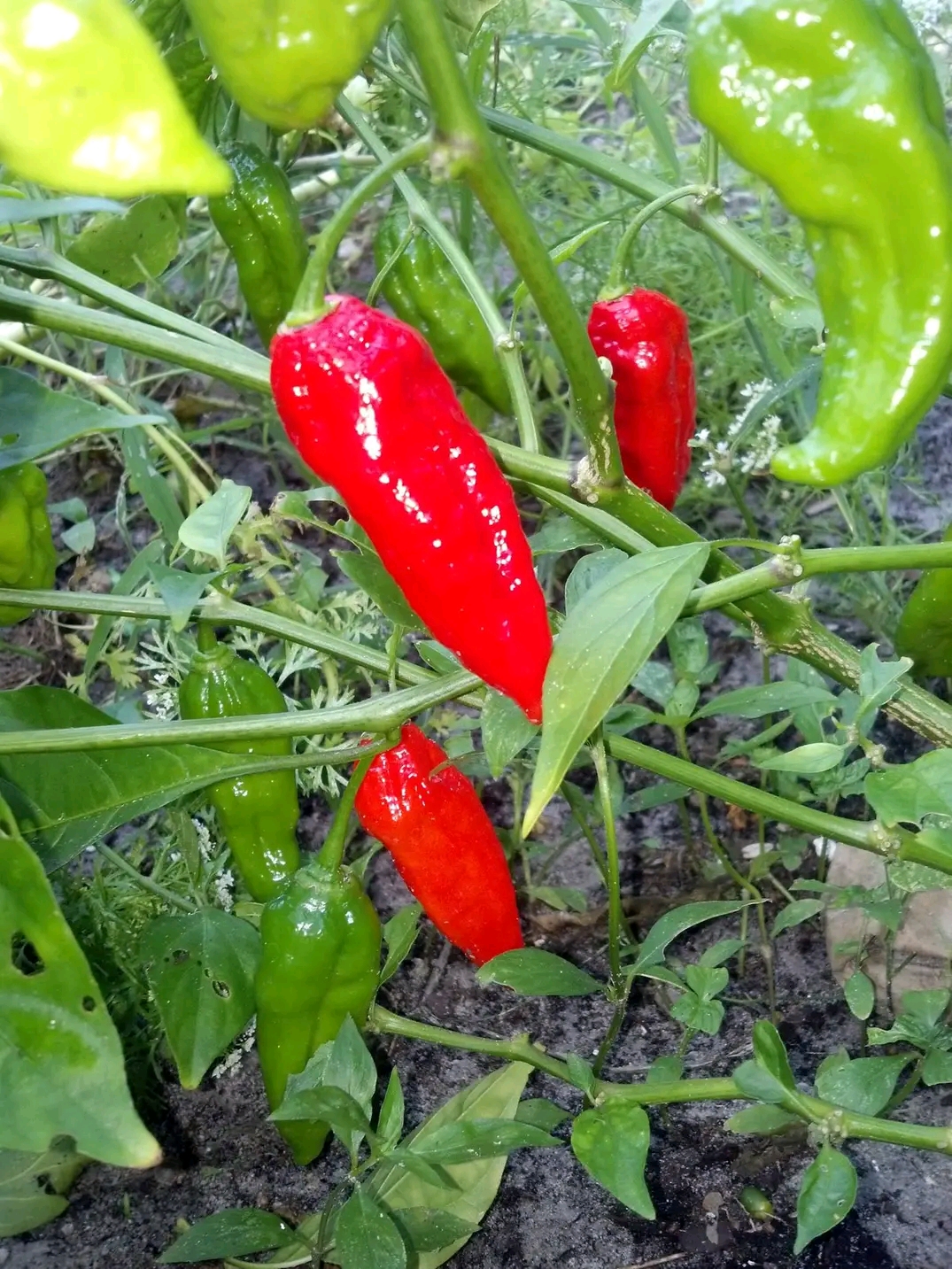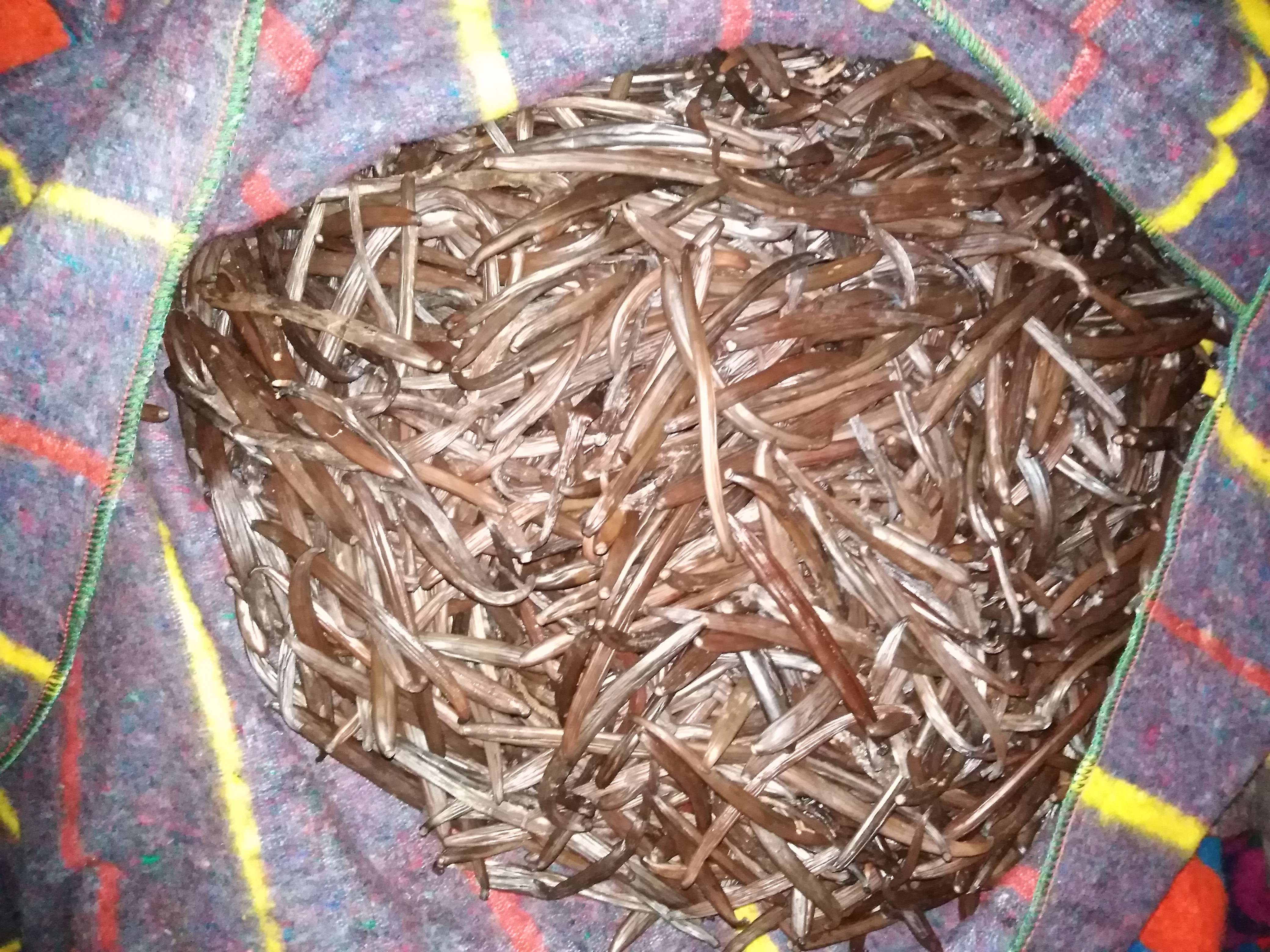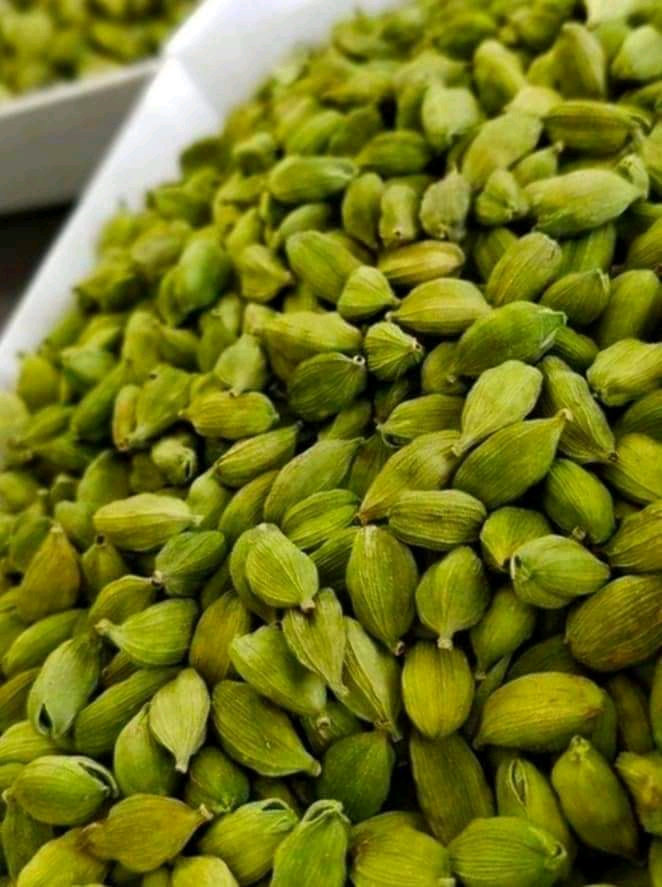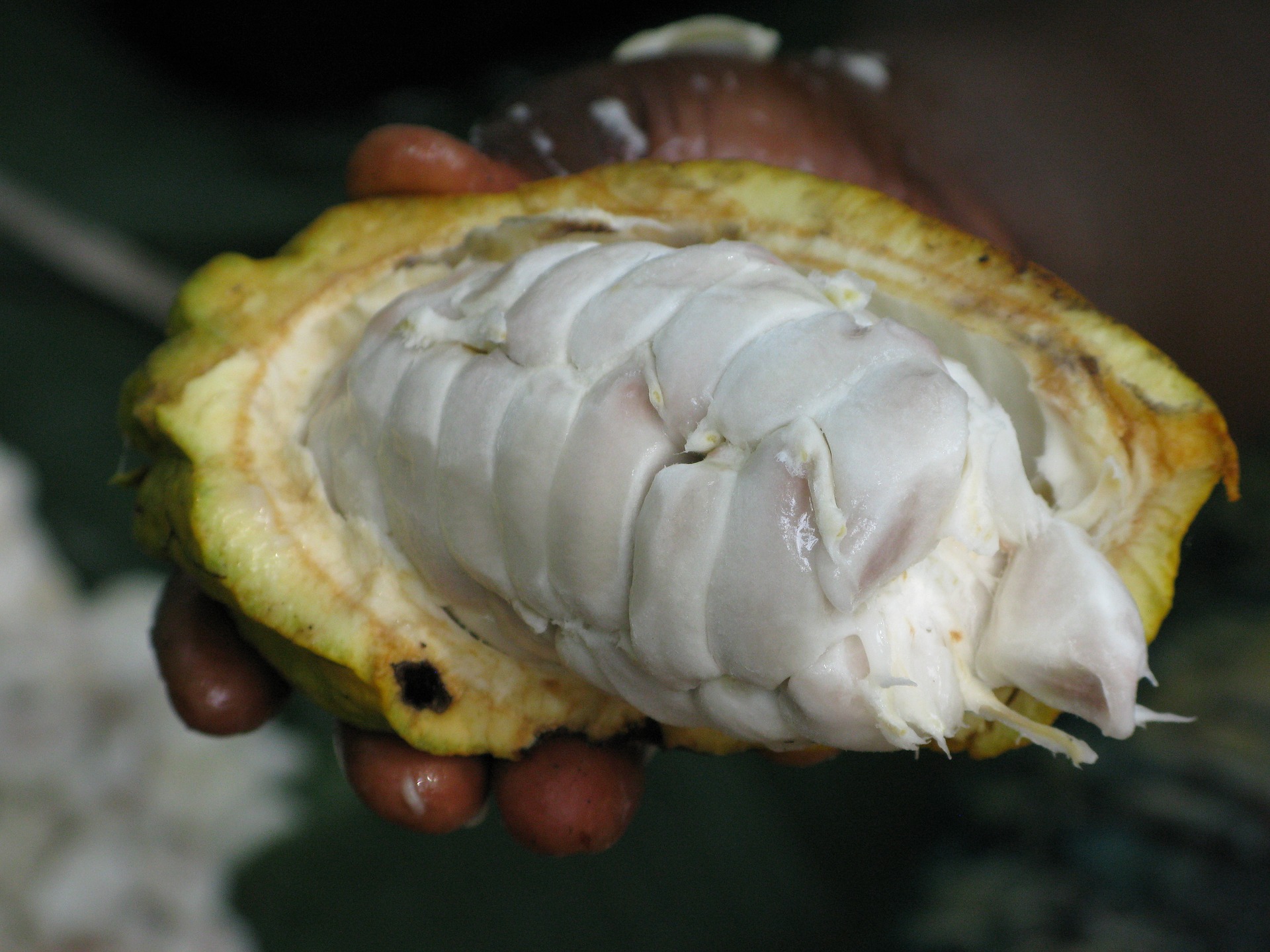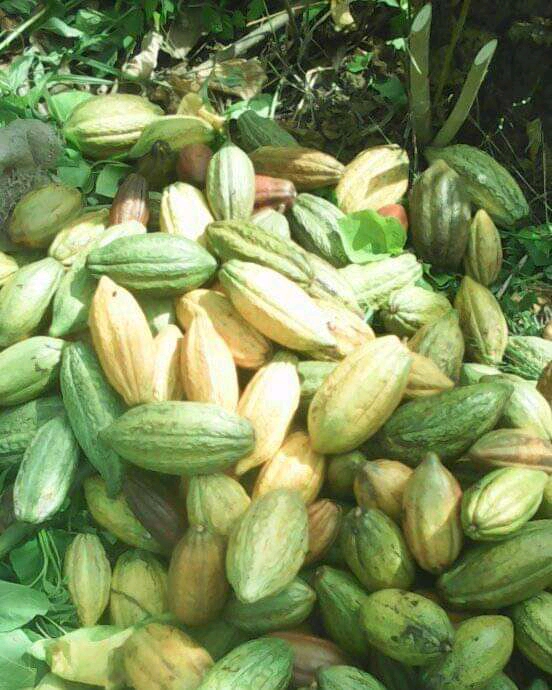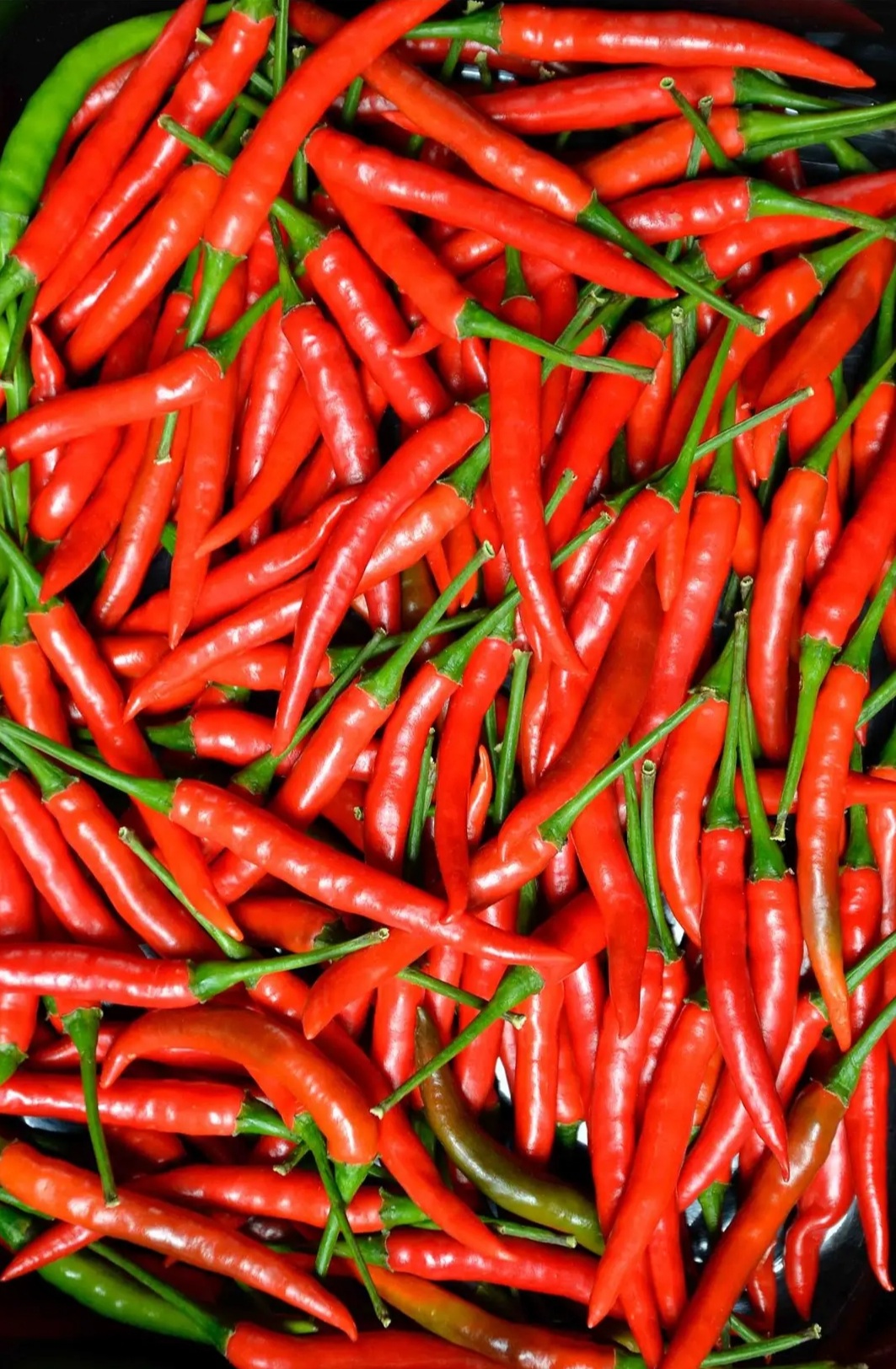 Red Hot Pepper Grown In Uganda
Red Hot Pepper Grown In UgandaHow to plant and grow Hot Pepper in Uganda
Hot Pepper evolved in our part of the world, so they are perfectly adapted to our environmental conditions. Hot pepper irrespective of type is locally called “Kamulali” here in Buganda and Busoga regions in Uganda.
Peppers contain capsaicin, which is used in a variety of medicines to treat arthritis, cancer, inflammation, pain and a variety of other ailments. Peppers are also high in vitamin A, B and C.
One plant will provide all the peppers the average family needs.
Hot Pepper may be grown in a variety of containers or on beds. This fact sheet deals with growing hot peppers on beds.
Click here to inquire, buy or order for Hot Pepper from Uganda
Varieties of Hot Pepper you should know about
There are a number of hot pepper in Uganda. Some of these include Bell Pepper, Poblano Pepper, Anaheim Pepper, Serrano Pepper, Habañero Pepper, Cayenne Pepper, Rocoto Pepper, Piri Piri.
How do you plant and grow Hot Pepper in your garden while in Uganda
A. Planting
Hot pepper seeds are first planted in a nursery bed. They are not planted in the main garden. So, if you are going to start planting hot pepper, then you should prepare a seed bed or nursery bed first.
1. Transplant seedlings
When seedlings are 3-4 weeks old, they should be transplanted to the main garden from where they will grow to maturity.
Remember that transplanting should be done late in the afternoon.
2. Ensure the holes in which the hot pepper seedlings are to be transplanted are large enough to hold the seedling’s root plug. Mix two handfuls of well-rotted manure with the soil in each planting hole help the seedlings get enough fertility.
3. Into each planting hole place one seedling and ensure it is firmly positioned
Click here to inquire, buy or order for Hot Pepper from Uganda
B. Spacing
If several hot pepper are grown together space seedlings 90 to 120 cm apart within rows and 150 cm to 180 cm between rows. However, hot pepper can be inter-cropped with most other vegetables.
C. Fertilizing
Hot pepper should be planted in fertile soils. The best soils should not be too sandy and not too clay. You can apply folia fertilizer should your soil lack enough fertility. These fertilizers can be readily accessed from down town Kampala.
D. Watering
It is highly recommended that you should water the hot pepper seedlings immediately after transplanting. This will ensure that the seedlings have water to survive on after transplanting and not dry out.
In the absence of rain, water daily; ensure that excess water drains off the planting area.
Click here to inquire, buy or order for Hot Pepper from Uganda
E. Pest and disease control
Pests and Diseases left unchecked can hinder a plant’s ability to produce food for us. These problems can be managed with good cultural practices, biological agents, and chemicals. A combination of these methods is best and is known as Integrated Pest Management. Rocket is also a good insecticide which you can use and is readily available in the market.
F. Cultural practices
As far as possible plant hot pepper varieties that are resistant to diseases. You can also follow preventive measures to help you curb the diseases that attack hot pepper below;
- Don’t plant hot pepper in the same place year after year.
- Assess problems before applying any treatment.
- Use environmentally friendly chemicals.
- Alternate suitable chemicals to avoid pests becoming accustomed to them.
G. Harvesting
You can follow the following guidelines while harvesting hot pepper from your garden.
- Hot peppers may be harvested whenever needed but it is only when they are mature that you will get their full flavour.
- Peppers are mature when their walls have thickened, they have reached their correct size and their colour begins to change.
- They may be harvested mature green and allowed to ripen in storage.
- Mature peppers easily snap off the plant.
- The two-fingered method is recommended to pick hot peppers.
- Remove the entire fruit along with its stem so as to encourage the plant to continue flowering.
Click here to inquire, buy or order for Hot Pepper from Uganda
How much Hot Pepper can one plant produce?
On average, bell pepper plants will yield 5 to 10 peppers during the growing season. This is a good harvest but it totally depends on the variety of the plant. The care you give your pepper, weather conditions, and type of bell pepper will have a direct effect on the number of peppers you get.
How marketable is Hot Pepper in Uganda?
Hot pepper is highly marketable here in Uganda. Hot pepper powder is made out of it and then added to food or recipes with ease. Move around the different restaurants and you will find hot pepper on every table. So, yes, the market is there.
Are Hot Pepper seeds available for sale in Uganda?
Seeds for planting Hot Pepper are readily available on the market. You can buy them from down town, Kampala. However you should be careful about the type and where you buy them from. It should be a qualified person to sell you the seeds.
Click here to inquire, buy or order for Hot Pepper from Uganda
Can you export Hot Pepper to other countries from Uganda?
You can export Hot pepper from Uganda to other countries say Italy, USA, Canada, France Germany among others.
How long does hot pepper take to grow?
150 days
Most sweet peppers mature in 60-90 days; hot peppers can take up to 150 days. Keep in mind, however, that the number of days to maturity stated on the seed packet refers to the days after transplanting until the plant produces a full-sized fruit.
Click here to inquire, buy or order for Hot Pepper from Uganda
Our conclusion
Hot Pepper is an easy crop to grow; these guidelines will help you towards a bountiful harvest.
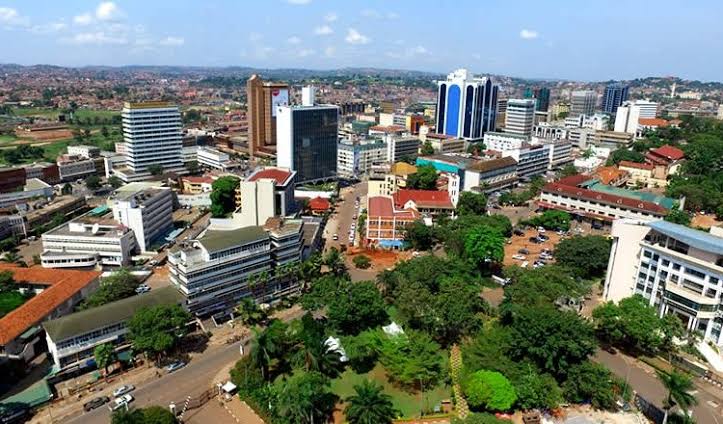 Aerial View Of Kampala City
Aerial View Of Kampala City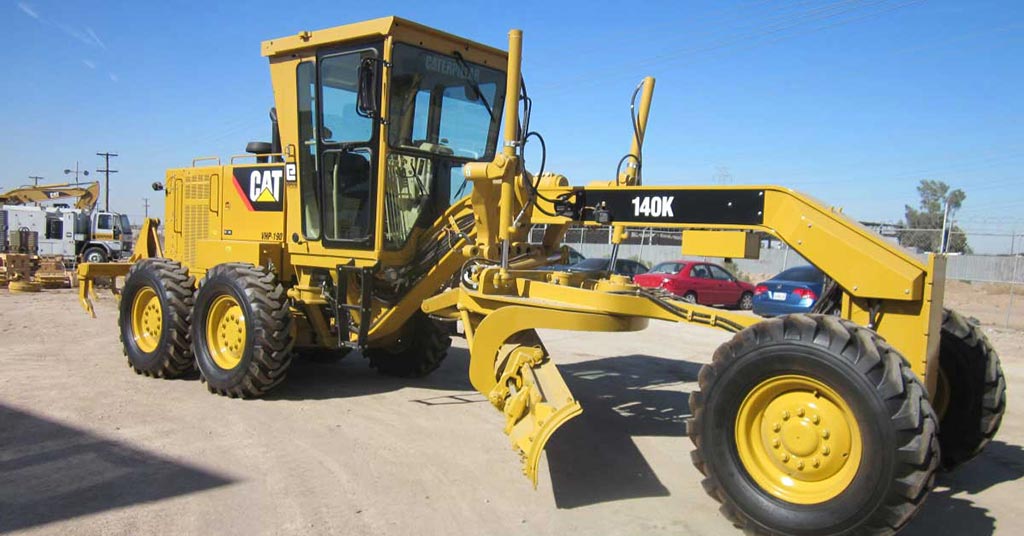 Buy A 140K Grader In Uganda
Buy A 140K Grader In UgandaFor inquiries or Orders:
Contact Us On:-
E-mail: Info@flawlessconsultsug.org
Or
Call/Whatsapp Us on: +256-772 238575
